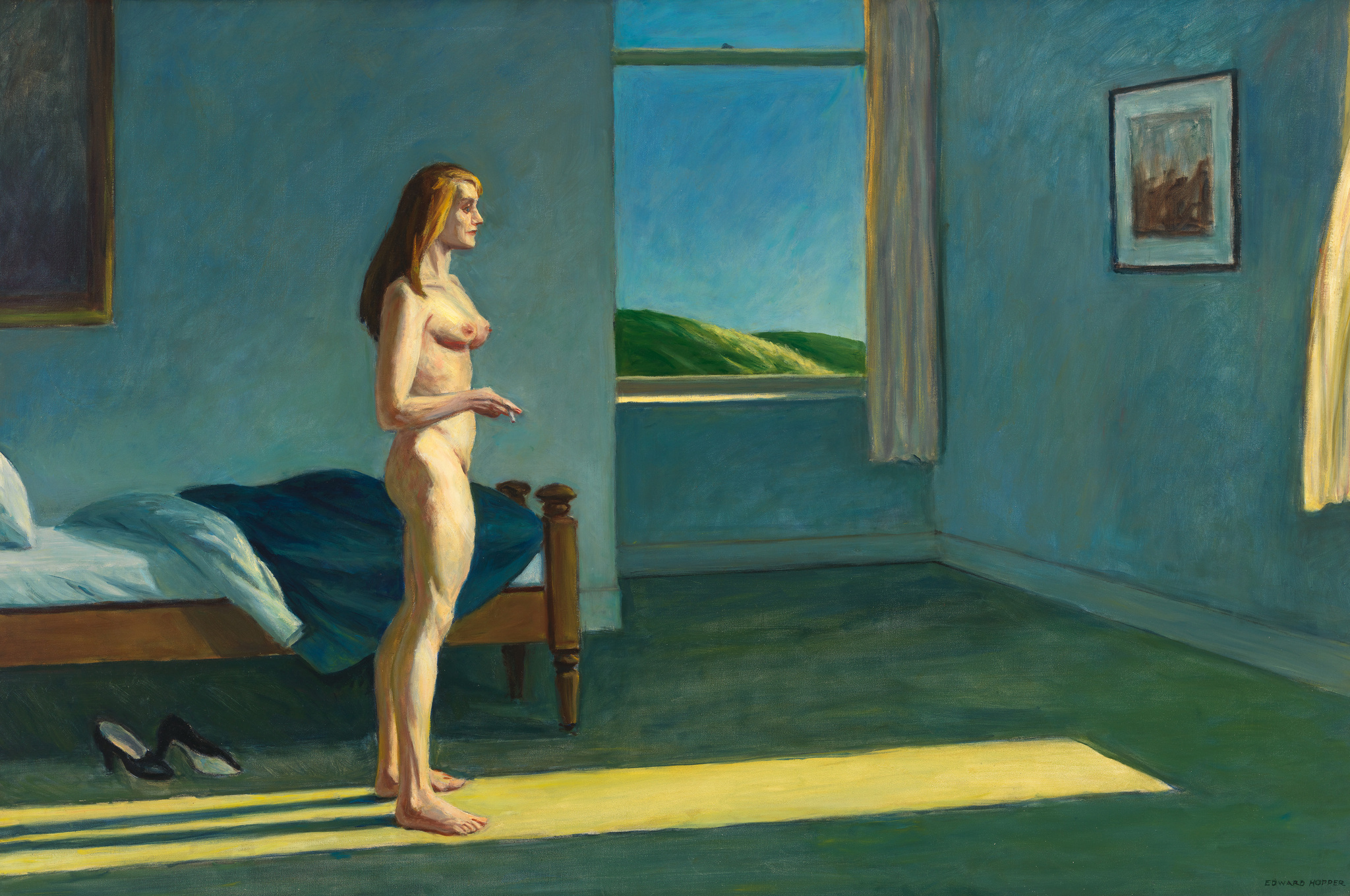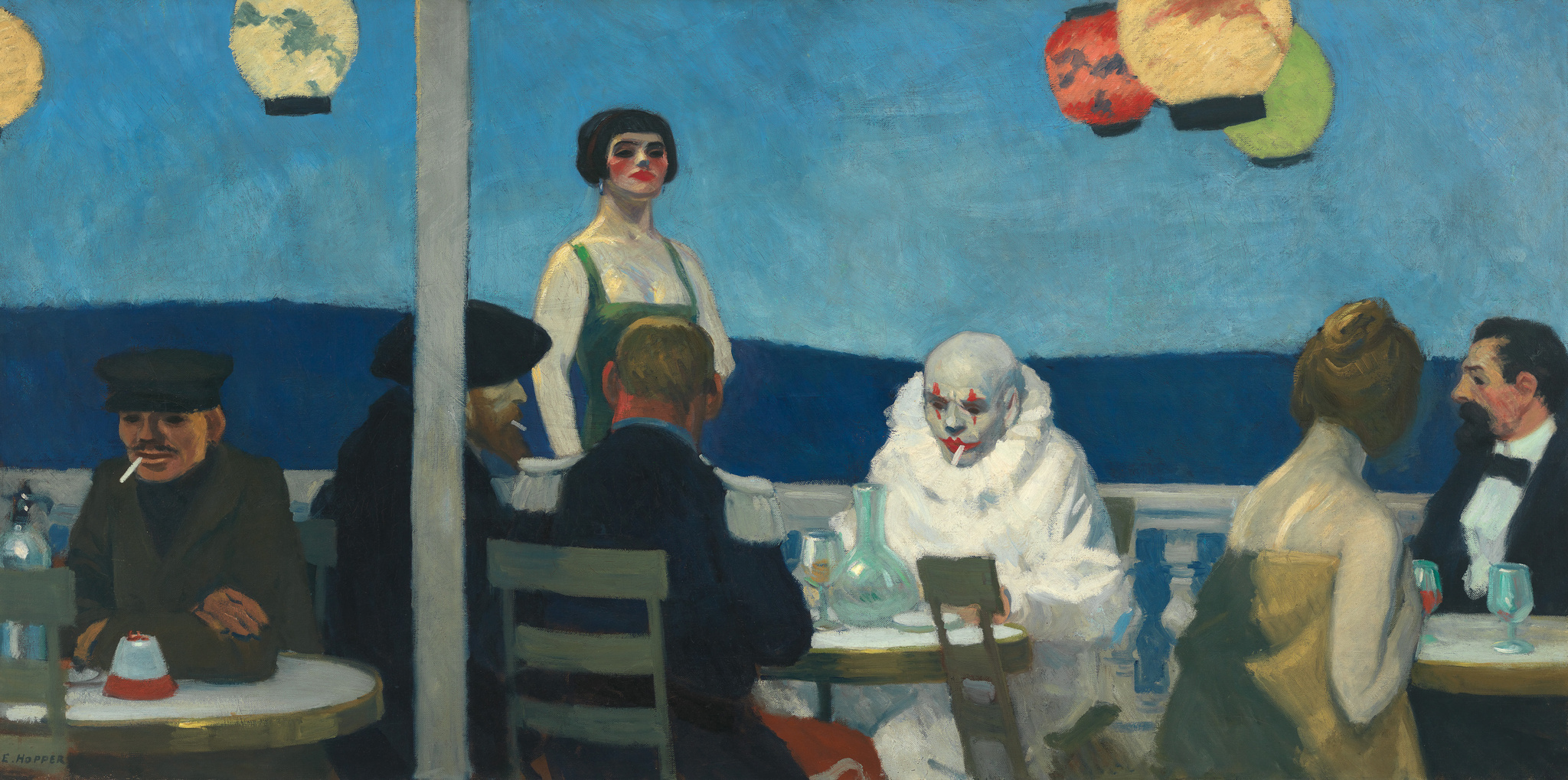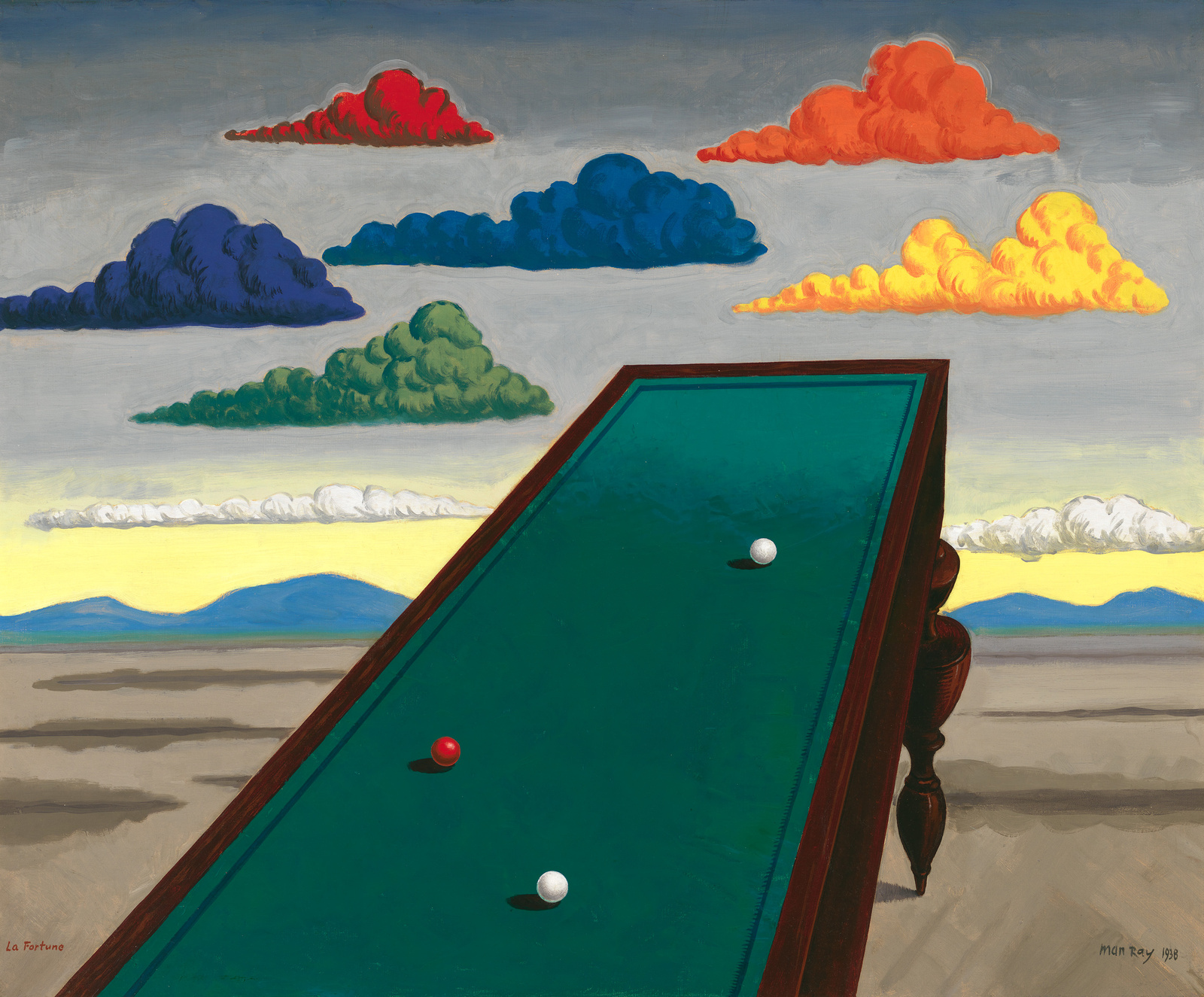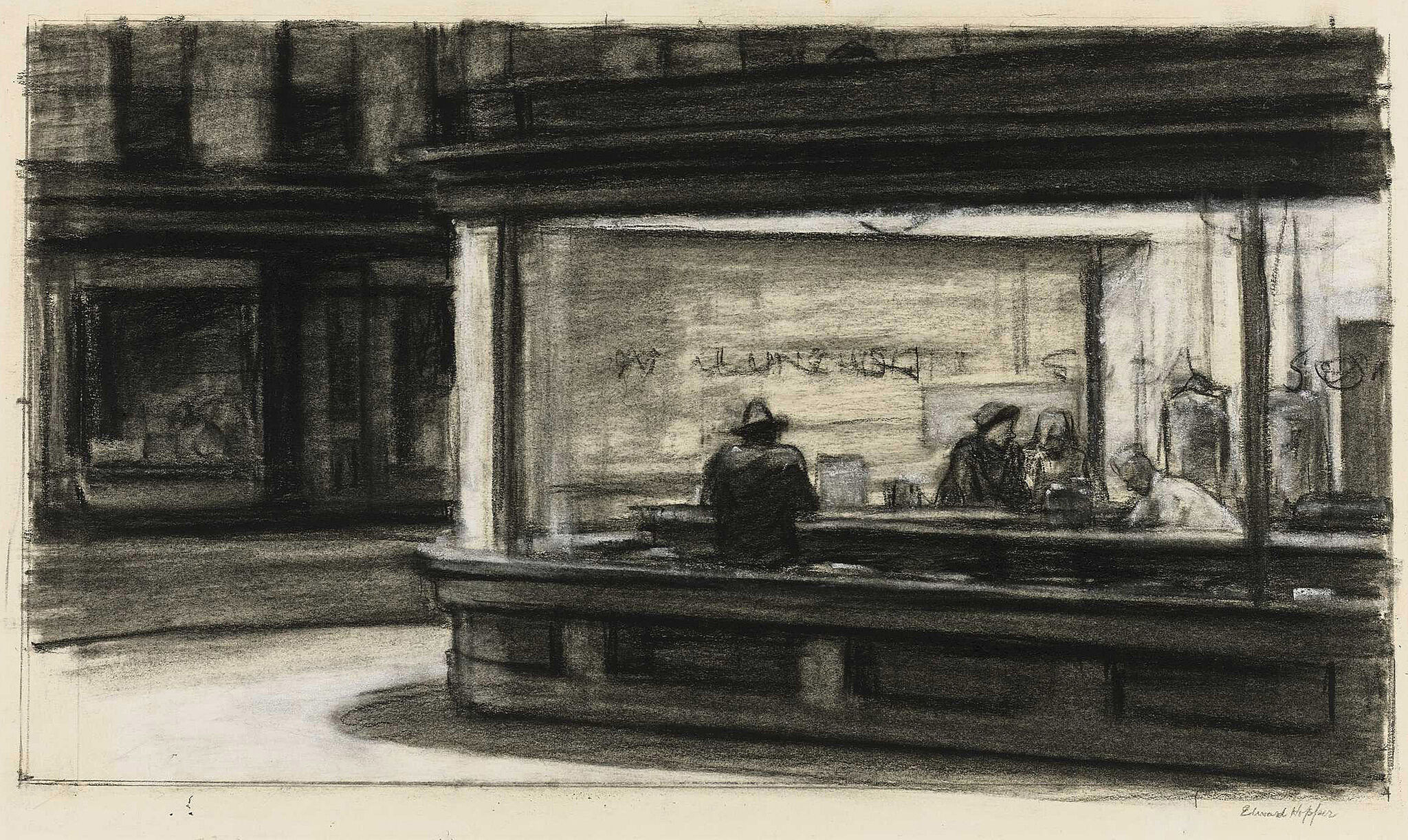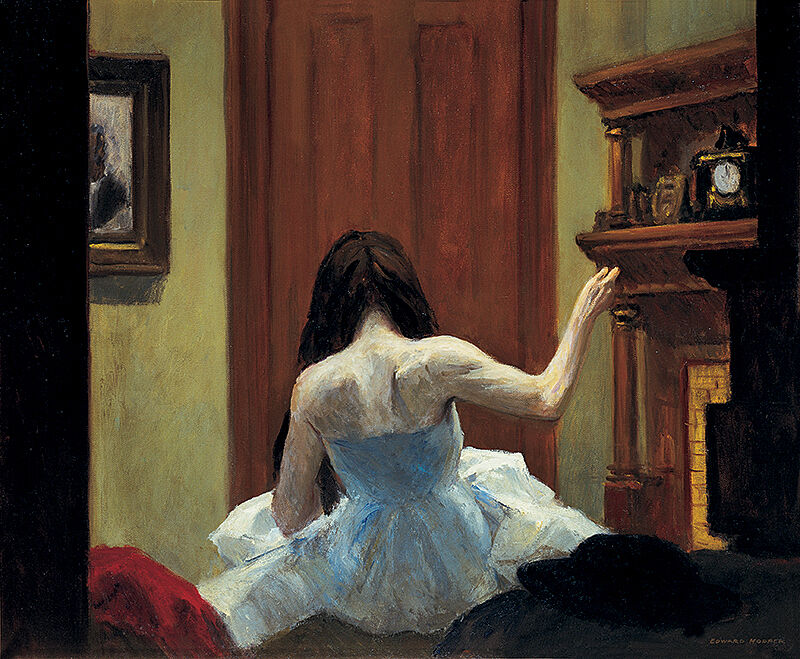Edward Hopper, Soir Bleu, 1914
May 21, 2013
0:00
Edward Hopper, Soir Bleu, 1914
0:00
Narrator: Dr. Rick Brettell is a professor of Aesthetic Studies at the University of Texas, and has written extensively about Hopper in Paris. He considers Soir Bleu the single most ambitious painting of Edward Hopper’s career.
Rick Brettell: Soir Bleu is an odd painting for Hopper, because Hopper’s oil paintings of any sort of decent scale, up until Soir Bleu were generally landscapes or cityscapes that were space positive and had tiny or nonexistent human figures. Soir Bleu is a figure painting. And it’s a figure painting that shows that Hopper had wanted to actually take on the big canvases of Matisse and Picasso. Even the title of Soir Bleu, which was, it is today, and when it was shown for the first time in 1915 in French. So he wants to make you think French and think of France. He doesn’t call it Blue Evening. He calls it Soir Bleu.
Narrator: Hopper depicts an odd assortment of people gathered under a tent at the end of a party. Among them: on the far left, a working-class man smoking a cigarette; in the center, a sex worker and a clown, and on the far right, a bourgeois or upper middle class couple.
Rick Brettell: No one is like anybody else. Everybody is separated from everybody else. Hopper kind of translates it into an everyman setting, in which most of the people in it, are part of a kind of world of alienated urban entertainment, in which one is always searching for a meaning somewhere else, in a costume or in a prostitute or in a drink or in a cigarette or in a party, And those sorts of worlds is the world that Hopper of course represents so importantly when he comes back to New York in 1910 and remains there until the end of his life.

